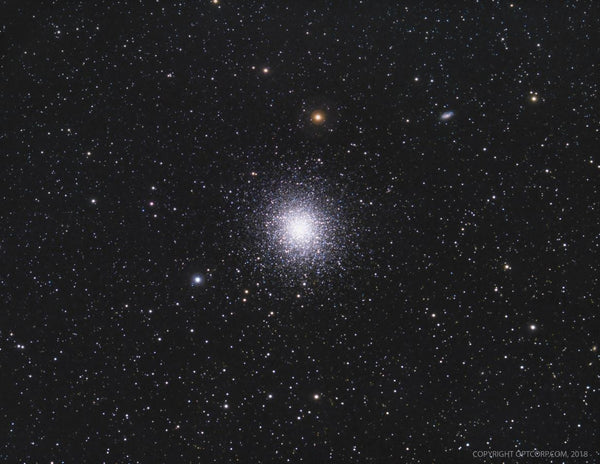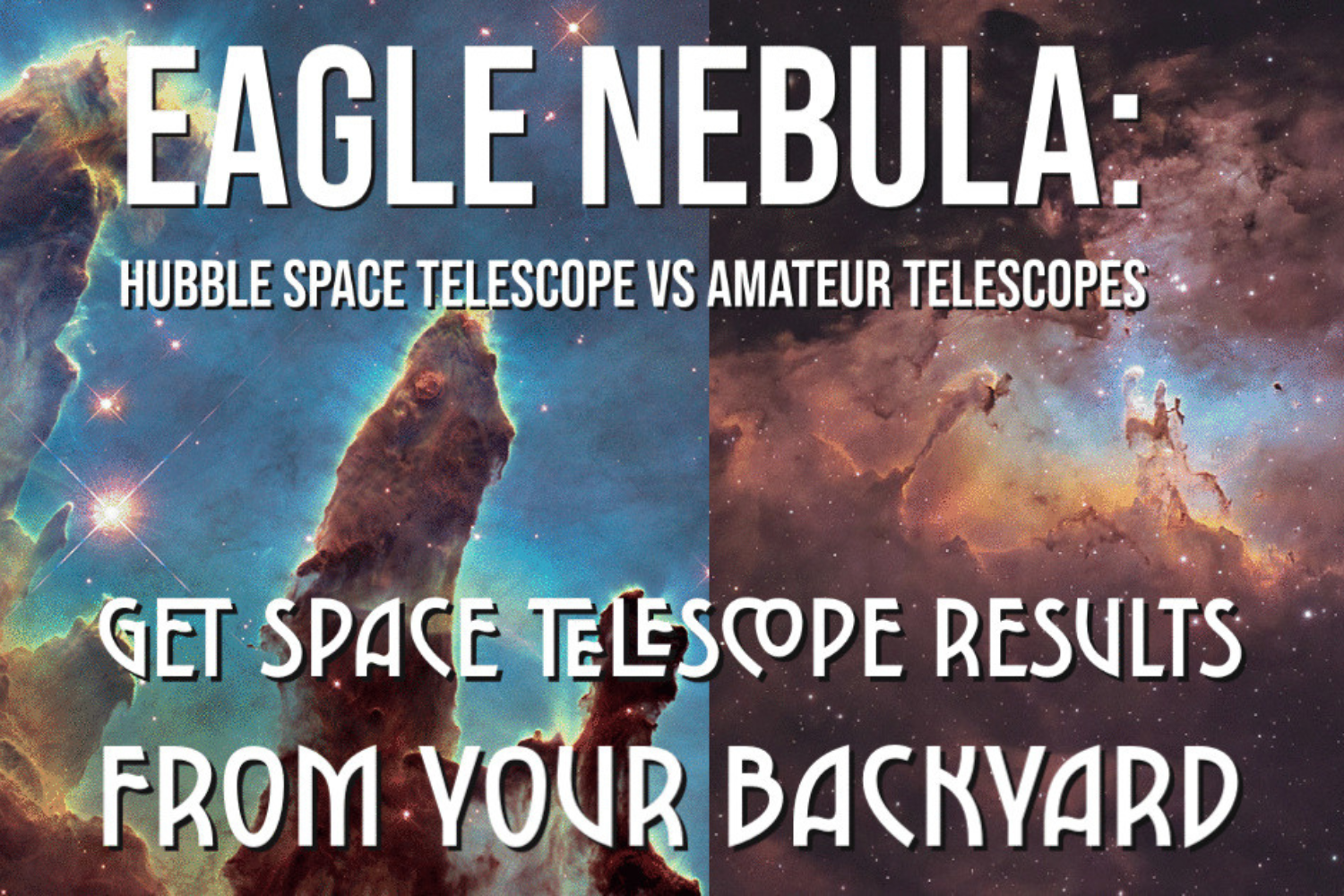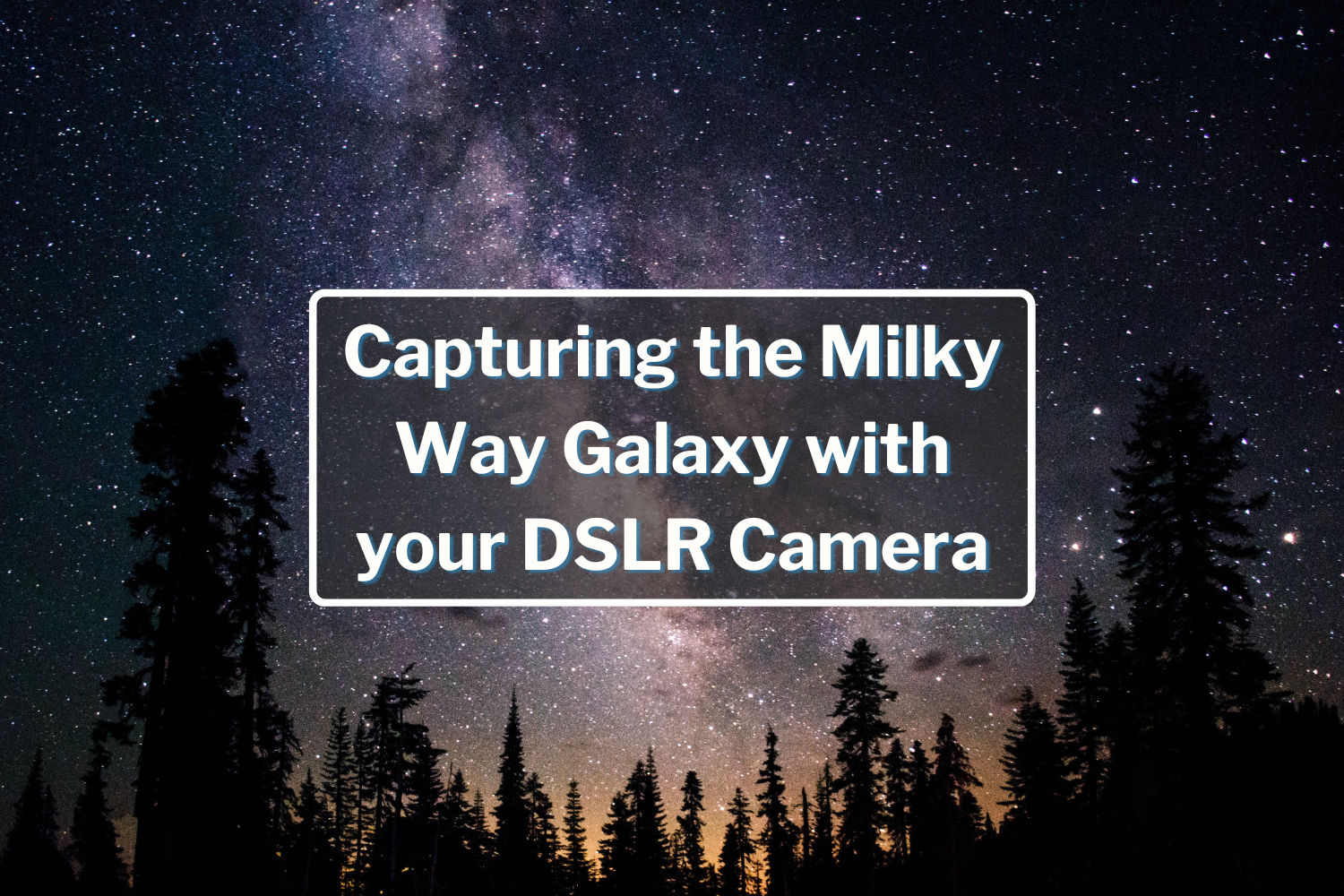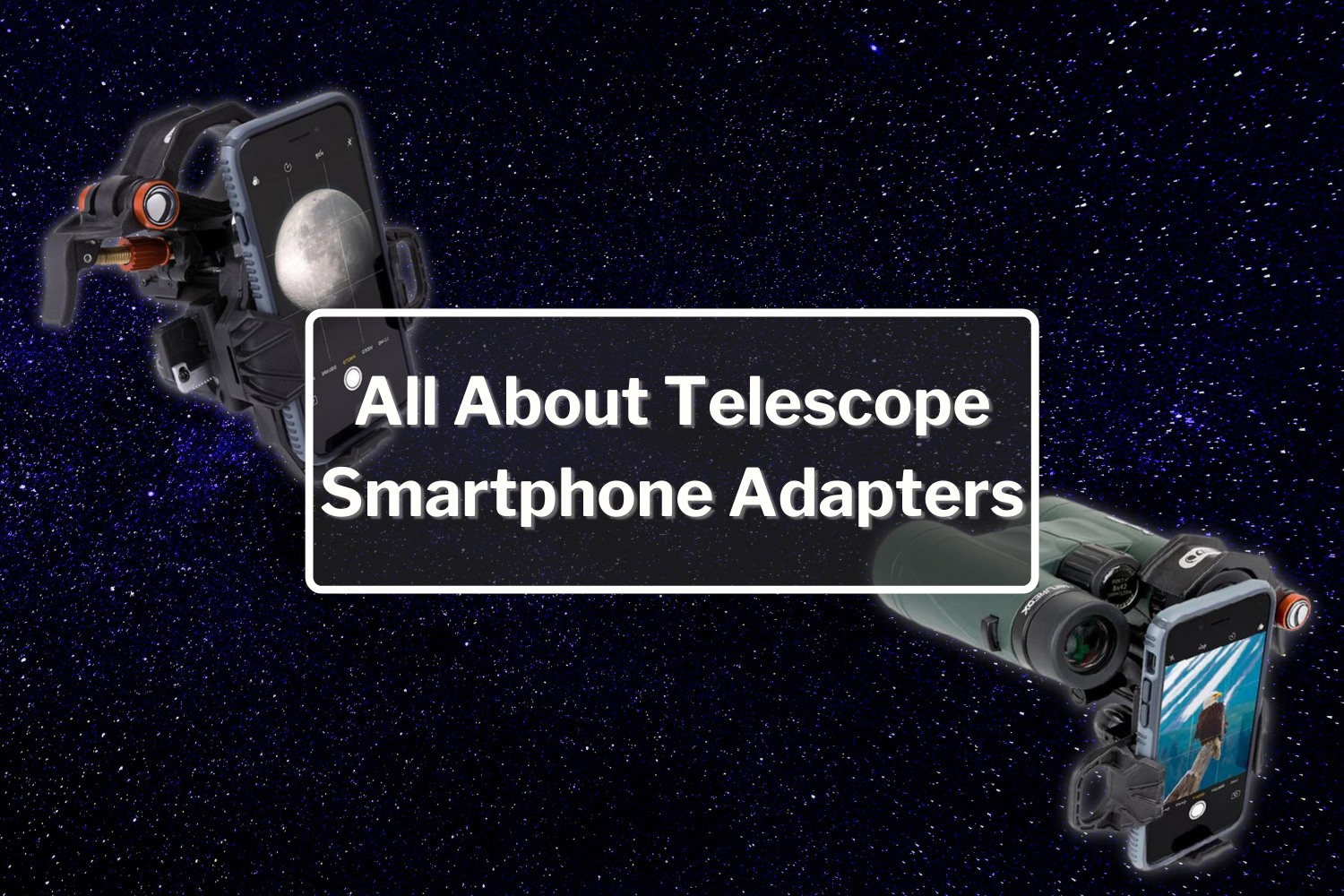Top 5 Deep Space Objects For Beginners
Beginning astronomers often think astrophotography is something both challenging and absurdly expensive to get into, but this is not so. Yes, once we get deep into the hobby, it gets more complicated and pricey, but that's the same with any hobby!
For those of you just getting into astrophotography--or even visual observing--we've put together a list of the top five deep space objects (DSOs) that are easy enough to find and beautiful to boot! What is a DSO? You've probably heard the words often enough: Star clusters, nebulae, and galaxies are all DSOs. Several of these can faintly be seen by the naked eye, such as the Pleiades star cluster, or the Orion Nebula, but many require a telescope to observe or image.
Most of these are categorized as Messier Objects, named after Charles Messier, who discovered these deep-sky sights. These objects are all easily found in public databases and smartphone apps. We've included their Messier number below next to the listed DSOs.
Now that you know let's take a look at our top 5 best deep space objects for beginners!
The Orion Nebula (M42)

Chances are, you've seen this one without even really looking for it! Lying just under Orion's Belt sits the Orion Nebula, of all the nebulae in the Milky Way, this is one of the brightest, hence our ability to see it so easily. The technical designation of this DSO is a "diffuse nebula," meaning it's a cloud of glowing space dust.
Now, usually, dust doesn’t glow (as we can see by looking outside), but due to this dust being in such proximity to hot, bright stars means it intensely glows and reflects light outward. You can check out this star map to see what other objects are within the Orion constellation.
The Andromeda Galaxy (M31)

Ahhh yes, our closest neighboring galaxy, the spiraling Andromeda Galaxy. M31 is often the pictures we see online when someone posts a picture of a galaxy. Eventually, this will collide with our home galaxy, the Milky Way, but that won't be for a few billion years. Andromedacan be seen by the naked eye on those darker nights in a secluded location, but you'll have to strain a bit to see it!
The Andromeda Galaxy and most galaxies are best viewed in the summer months and into winter during the galaxy season. Here’s the star map to locate Andromeda between the constellations.
The Hercules Cluster (M13)
The classic Hercules Galaxy Cluster is a little more challenging to find. It's a great next step for the aspiring astronomer, give it a try! Finding this celestial object is best done by focusing on the Hercules constellation first, then scanning around a bit for the cluster itself. Finding the constellation and object can all be made easier by having a computerized telescope to find it for you!
Consider a globular cluster, it is a large grouping of old stars forming a tight, spherical shape, and this is one of the best examples of this phenomenon. Here’s the star map to help you find this one.
The Double Cluster (NGC869 & NGC884)

You'll notice that this isn't categorized as a Messier object, because it's not! It is still a DSO but is instead a part of the New General Catalog (NGC) listings. The NGC holds over8,000 objects while Messier has just over one hundred. Neither list necessarily has better objects than the other, and there's no reason to object to one list over another here!
Anyways, as the name suggests, this is a grouping of two-star clusters with stars extremely spread out from one another. This one shouldn’t be hard to find as it’s pretty darn bright! Here is the star map to help you out.
The Dumbbell Nebula (M27)

One of the largest nebulae in the northern skies, the Dumbbell Nebula. No wonder it's big with a name like that! This glowing gas cloud is formed by stars shedding layers of gas as they get deeper into their lifespan. M27 is easiest to find in the late winter months and into spring, during the Milky Way season. Here is the star map for this one.
Fun fact: All the nebulae we see, those massive, light-year spanning regions, are all within our galaxy. That should give you some perspective on just how big the universe, and even the Milky Way, really is.
These Deep Space Objects are just a start! There are thousands of incredible sights to check out in the universe, and we hope you see them all. Stay safe out there, and keep looking up.

Sombrero Galaxy (M104). You'll need some luck and a long focal length to find this one!
Are you having trouble findingthese objects? Want more recommended DSOs from us? Let us know in the comments below!













Gary Meadows
December 26, 2021
Hi. I am in Thailand and i have a Orion skyview Pro 8. Could you plese tell me What Lattitude i need to Have. I Appreciate your help very much.OOH and I have Sirius Plossl 10mm Plus a 25mm and i ordered one off Lazada which was a Celestron 4mm. Would you reccomend any different eye Pieces.